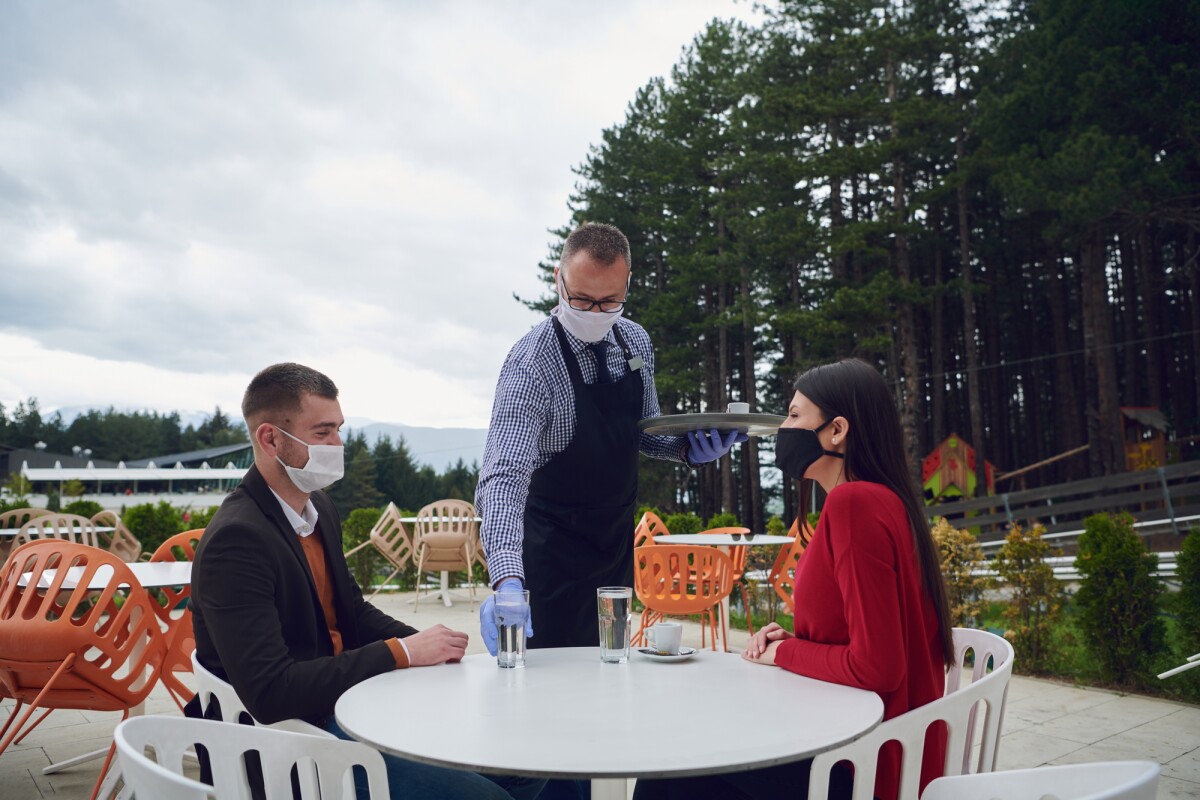
CDC study suggests restaurants are high-risk COVID-19 infection hotspots
by Rich HaridyA new study from the US Centers for Disease Control and Prevention (CDC) has found restaurant dining to be the most commonly shared activity amongst a number of adults with COVID-19. The CDC study suggests eating and drinking at a restaurant is an especially high-risk activity during this ongoing global pandemic.
The study investigated data from 314 adults who showed symptoms of and were tested for COVID-19 at a variety of centers around the United States. Around half the cohort tested positive for the virus, while the other half tested negative thus serving as an effective control group.
All subjects participated in expansive interviews, allowing the researchers to gather detailed demographic and behavioral data. Comparing the positive and negative cases, the researchers found no differences between two groups in most behavioral patterns. Both groups practiced similar rates of mask-wearing, gyms and hair salon visitations and both groups consistently used public transport.
However, the most striking finding was those positive COVID-19 cases were twice as likely to have eaten in a restaurant compared to those in the negative control group.
“In this investigation, participants with and without COVID-19 reported generally similar community exposures, with the exception of going to locations with on-site eating and drinking options,” the CDC study states. “Adults with confirmed COVID-19 (case-patients) were approximately twice as likely as were control-participants to have reported dining at a restaurant in the 14 days before becoming ill.”
The study is admittedly quite limited in that it does not specifically focus on individual routes of transmission. That is to say, the study does not claim the positive COVID-19 cases stemmed from an exposure inside a restaurant. But instead, the research is designed to identify those environments where people may be most at risk of contracting the disease.
It is hypothesized restaurants may be intrinsically higher risk environments due to the necessity of having to take masks off to eat. Enclosed environments with often boisterous conversation and no consistent facial covering are factors that all coalesce to make restaurants particularly challenging locations for COVID-19 safety measures.
“Reports of exposures in restaurants have been linked to air circulation,” the CDC report states. “Direction, ventilation, and intensity of airflow might affect virus transmission, even if social distancing measures and mask use are implemented according to current guidance. Masks cannot be effectively worn while eating and drinking, whereas shopping and numerous other indoor activities do not preclude mask use.”
The CDC’s recently updated COVID-safe recommendations for restaurants outlines four tiers of risk, from the safest operating strategy (only serving take-away, delivery, or curbside pick-up), to the most dangerous (on-site, indoor dining with no seating capacity limitation or table distancing). The least risky iteration of onsite dining recommended by the CDC is outdoors with tables spaced six feet apart - something that will become increasingly challenging for hospitality operators as the colder weather arrives in the Northern hemisphere.
The Association of Food and Drug Officials (AFDO), a non-profit organization that aims to streamline and simplify regulatory rules, quickly issued a statement responding to the CDC study. As well as highlighting a number of “weaknesses” it sees in the CDC research, AFDO reiterates a variety of practices hospitality venues can employ to reduce risks of COVID-19 transmission.
“Sound public health limitations in bars, taverns, and restaurants include limiting alcohol service to accompanying food orders, not allowing hours of operation to extend into the late nights, and limiting occupancy levels and table arrangements to those levels which allow for social distancing,” says AFDO in a statement. “Further, as always, pick-up and delivery remain very low-risk options to obtain food from our favorite bars, taverns, and restaurants.”
The new CDC study arrives as hospitality venues in the United States look to an upcoming winter where the prevalence of outdoor dining with obviously diminish. At the end of September indoor dining will recommence in New York City for the first time in over six months. Indoor dining in the city will initially open with 25 percent capacity, before moving to 50 percent capacity in November. This CDC study is a pertinent reminder of the challenges many industries are facing in attempting to resume normal activities during this global pandemic.
Source: CDC